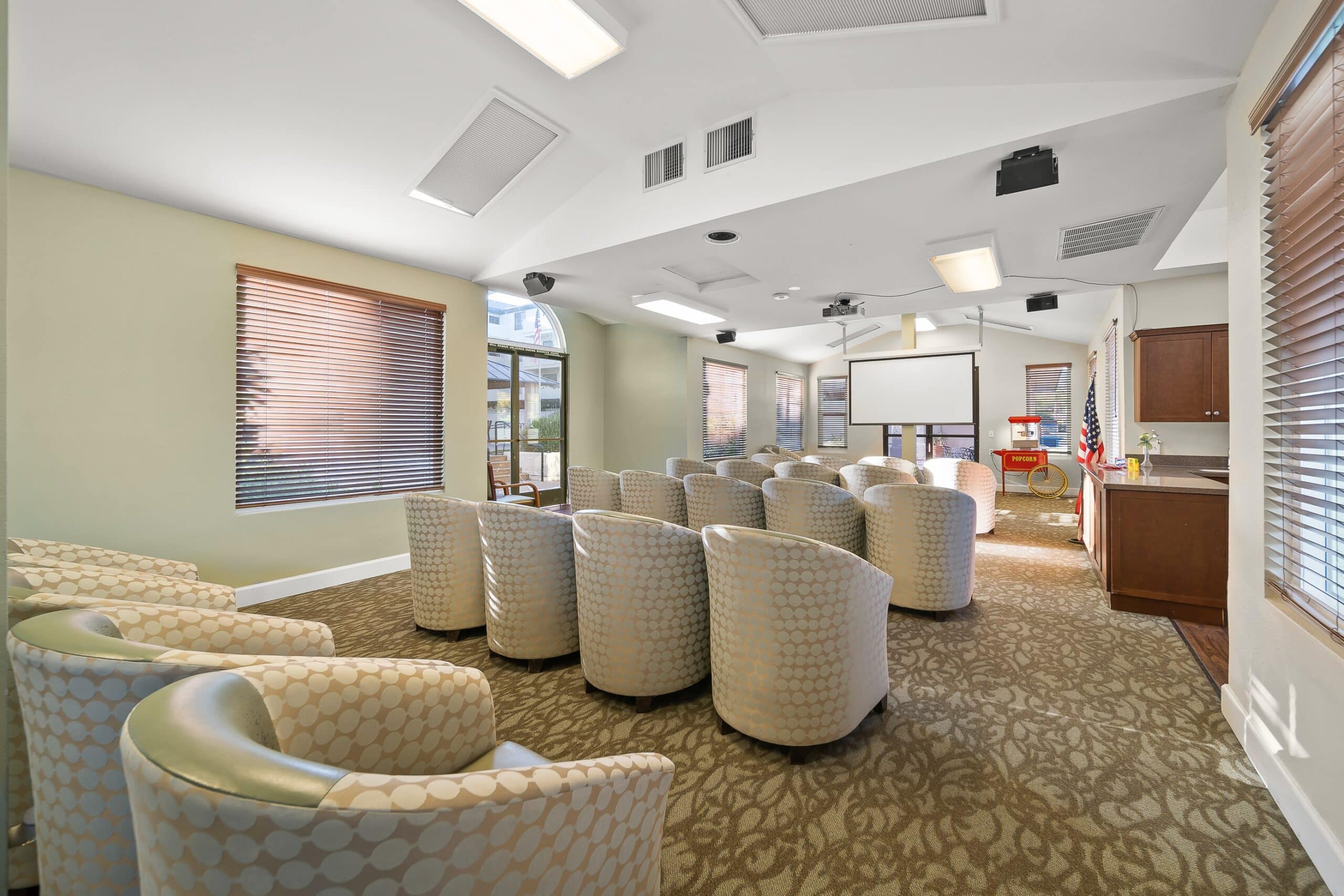
Guide to Preventing Heart Disease in Seniors
As we age, the heart undergoes subtle yet significant transformations that require our attention. Fortunately, managing heart disease in seniors is not only possible but
Gain expert insights and practical tips to help seniors and their families navigate senior living with confidence.
Category: Memory Care

As we age, the heart undergoes subtle yet significant transformations that require our attention. Fortunately, managing heart disease in seniors is not only possible but

Navigating the world of assisted living options can feel overwhelming, especially when trying to balance care needs, lifestyle preferences, and financial considerations. Whether you’re looking

In your golden years, finding a place that supports both independence and care is crucial. If you or a loved one are searching for a

As we age, maintaining a safe living environment becomes more critical—especially in apartment settings where layout, independence, and limited supervision intersect. Families often worry about

Finding the perfect place to enjoy your retirement years can be challenging, especially when you’re looking for both comfort and connection. At Westmont of Escondido,

For many seniors, digestive discomfort can be more than just a dietary issue—it might actually be related to anxiety. Can anxiety cause stomach pain in

Spending time outdoors is one of the most effective ways for seniors to relax, stay active, and reconnect with nature. For those seeking a calm

Looking for the perfect place in Southern California to enjoy the outdoors with your loved ones? Whether you’re planning a weekend family picnic, searching for

Digestive issues are common among seniors, but one gentle and effective solution is enjoying a warm cup of tea to help digestion. Herbal teas have

Finding the right restaurants near Fresno, CA can be a joyful experience—especially if you’re seeking places that offer both family-friendly vibes and senior-appropriate menus. Whether
Discover the level of care you or your family member requires.
Popular Blogs





Find out if you or your loved one’s current lifestyle is best suited for long, healthy aging.
Each of our communities across California and Oregon offers a unique blend of activities, connection, and wellness.
Embrace a lifestyle where your interests and independence are celebrated every day.
9000 Murray Drive La Mesa, CA 91942
Luxury redefined in a resort-style setting, tailored for dynamic senior living experiences.
190 Via Jero, Goleta, CA 93117
Where warmth meets care, curating an inviting senior living experience.
17050 Arnold Drive Riverside, CA 92518
A harmonious blend of belonging, independence, and enriching senior lifestyles.
All Rights Reserved. Powered by ConversionFormula.
Pick a Westmont community to explore and schedule your personal walkthrough!
Make yourself at home where a happy, healthy lifestyle goes hand-in-hand with your personal fulfillment, enrichment, and growth.
Answer a few quick questions to unlock the exciting future senior living can offer!